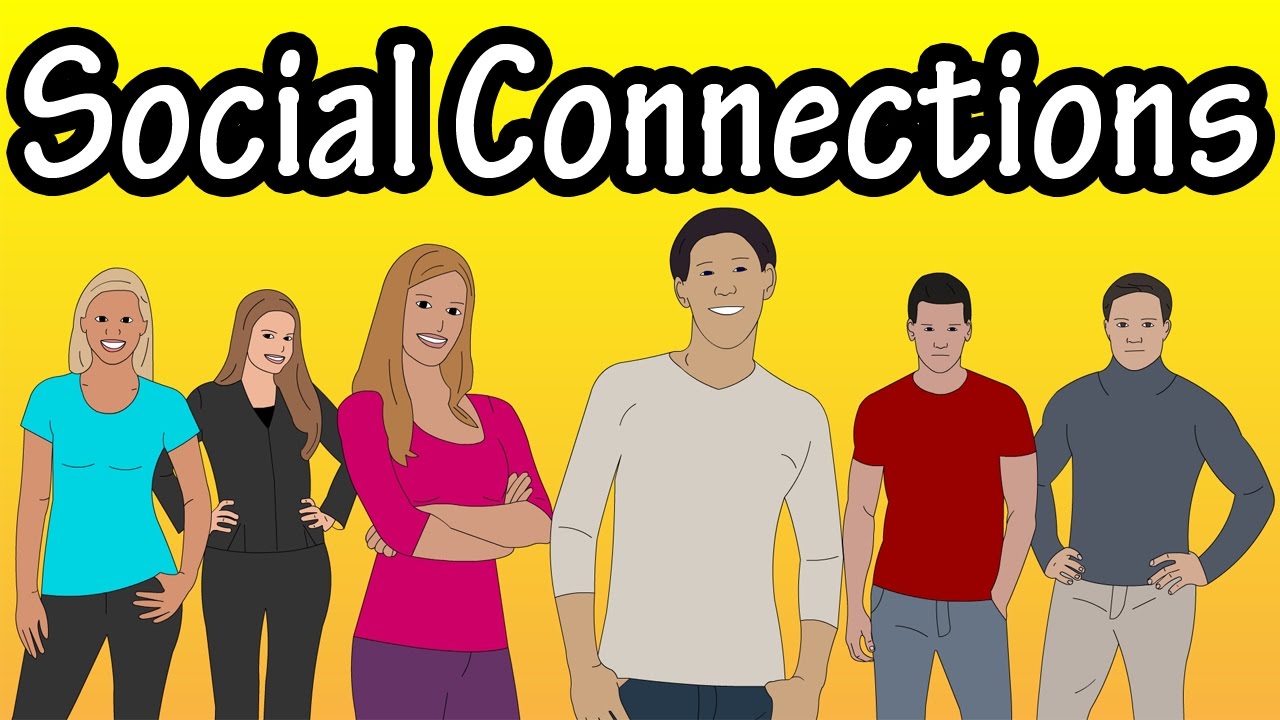Some of our grandparents are more down with the latest tech than other grandparents. They have smartphones, know how to browse the internet for the latest news and even have their Facebook accounts. But, does it depend on which country you live on whether the older population have confidence in the latest technology? Acorn Stair lifts, retailers of stair lifts look at the latest figures:
Internet
Nowadays, a lot of us couldn’t imagine life without internet access. You probably use it to read the latest news, check the weather forecast or use it hourly at work. But, is the older generation as reliant on the World Wide Web?
In the UK, research has shown that 41% of adults aged 75 and over had used the internet when they were asked. This illustrates a 20% increase since 2011, showing how widespread the internet has become over the past seven years.
Compared with the older generation in the US, figures show that 64% of over 65s were internet users in 2016. There was also a 46.4% growth reported in US internet users over the age of 55 from 2014 to 2017, with around half of American seniors say that they now have high-speed internet at home. This is a 4% increase in 2013.
Still, not everyone is using the internet yet, only 44% of those age 80+ said that they used the internet and 28% said they had a home broadband service.
Figures in Germany showed that only 29.6% of mobile internet users were aged 50 and above in January 2017 and in France, 48% of people aged over 70 were internet users in 2016. Compare this to the 100% of internet users who were aged 12-17 and it’s clear to see the generation gap when it comes to getting online. In Belgium, 35% of the population that were aged between 65 and 74 admitted that they had never used the internet at all.
What about in Canada, where there are now more over 65s than under 14s? In 2019, experts forecast that 53.4% of over 65s will be internet users. And, in the technological hub of Japan, 44.3% of over 80s who accessed the internet said that they did so at least once a day, along with 48% of those aged 70-79.
Social Connections

For a lot of us, the internet is the main way that we stay connected with the rest of the world. Through Twitter and Facebook, people can read instantaneous news from their local area and worldwide. And, with downloadable apps, smartphone users can receive notifications of the latest headlines. Is the older generation accessing news in the same way?
21% of over 50s in the UK, said that they get their daily news from social networks. This could mean logging onto Facebook to see what the latest status’ are or checking what’s trending on Twitter. In the US, this number rose to 26% with 70% of older Facebook users saying that they log in to the site daily. In fact, there has been a reported change in the demographics of Facebook users — with the number of 12-17-year-olds who use the site declining by 9.9% in 2017.
Comparing with elderly people across Europe, only 9% of over 50s in Germany said that they get their daily news from social networks and 34% said that they get their daily news from the internet. In France and Italy, 13% of the mature generation stated that they went to social media sites for their news.
These figures in Canada seemed relatively high with 25% of over 50s heading over to social networks to find the latest headlines.
Smartphones and Tablets
We get instant access to the internet from our smartphones and tablets which enables them to be used widespread. Many of us have these tiny touchscreen devices at hand which can answer to our queries, connect us with friends and provide us with useful information at the top of our fingers. Has the older generation realized the potential of these devices?
45% of over 55s in the UK used a smartphone in 2016. This seems like quite a significant figure, however, when you compare it to the fact that 97% of under 25s used a smartphone, it’s clear to see how age affects behavior.
32% of over 65s in the UK and 20s of over 8-s said that they owned a tablet computer and 19% said that they owned an e-reader.
It’s important for older people to reach out for help and direction using a new device. Around three-quarters of Americans, over 65 said that the statement, ‘When I get a new electronic device, I usually need someone else to set it up or show me how to use it,’ describes them very, or somewhat well. Also, only 26% of older internet users said that they felt very confident.
Many assume that older people don’t understand technology and are not willing to learn how to use them, however, findings have proven different. In fact, 58% of adults aged 65 and over said that technology has had a mostly positive impact on society. Of course, it can depend on annual income and disposable income as to whether an elderly person owns a smart device — 81% of older Americans who earned over $75,000 said that they owned a smartphone while only 27% of those who earned less than $30,000 owned one.
Banking
For many of us, we’ve welcomed technological advancements to help with banking and quick payments in stores and restaurants. With one simple tap of the debit card, something can be paid for instantaneously.
Barclay had said in the UK, 20% of contactless users are 65 and over, which suggests that they are welcoming the new system. More people are jumping on board too, 55% of over 65s have used the tap to pay service, up 3% from 2016. Saga supported this research too, saying that one in five over the 50s use their contactless cards up to three times per week.
So, as we’ve learned, the technological habits of the mature generation change from country to country. Eventually, it’s likely that the majority of the older population will understand the benefits of technology and come to accept it as a way of life. In the meantime, younger people should be educating their elders on how to use the devices and how they could enhance their daily activities.



Share your thoughts